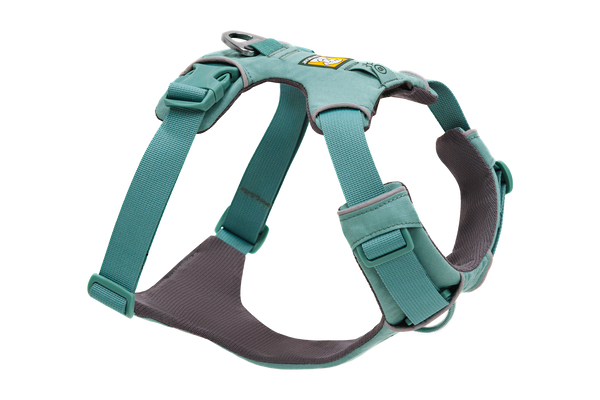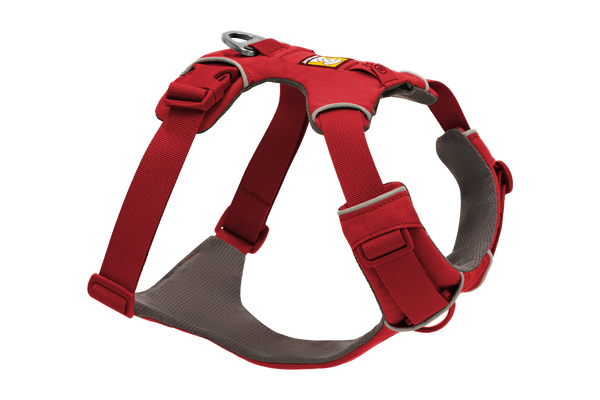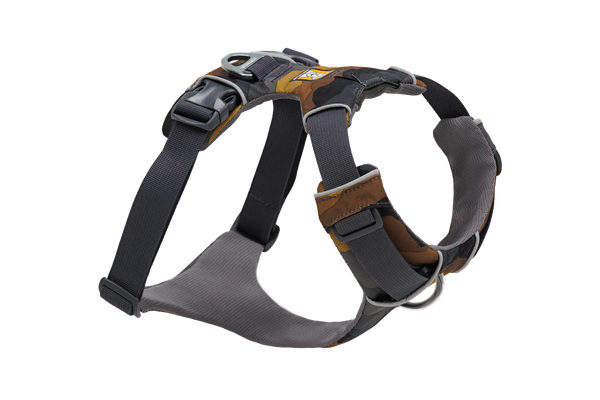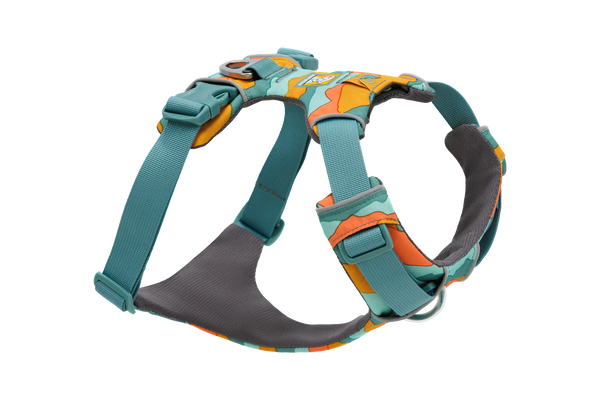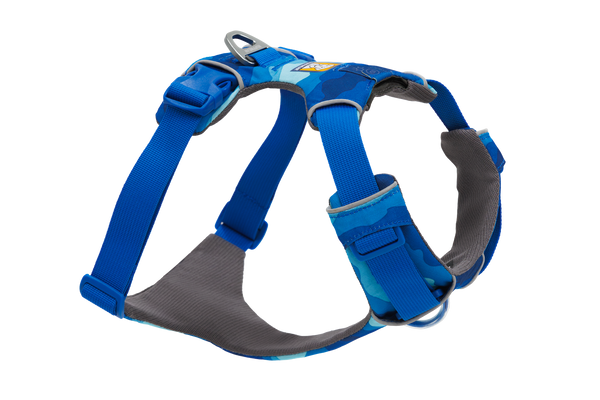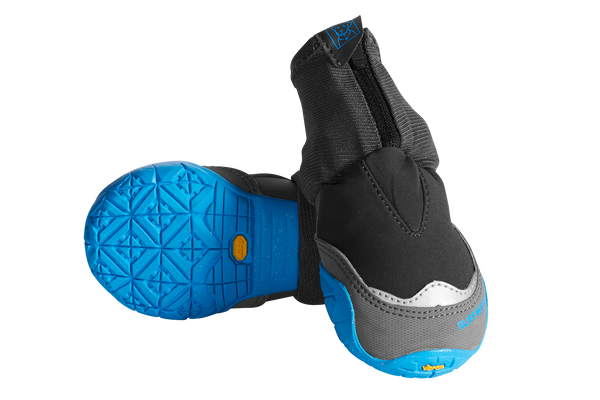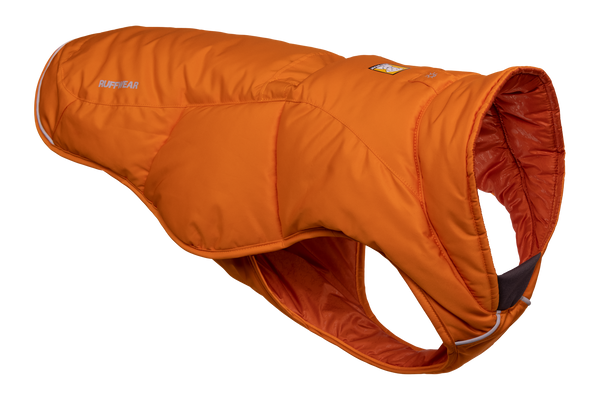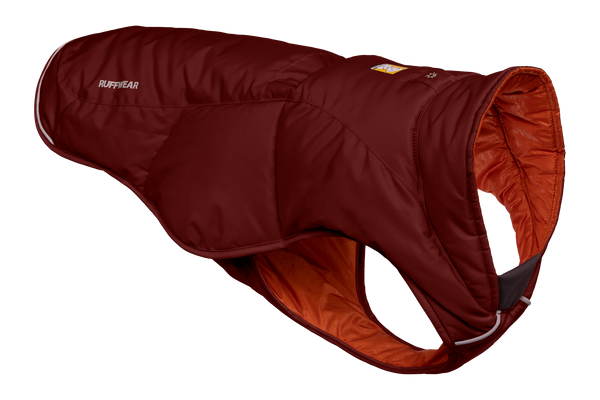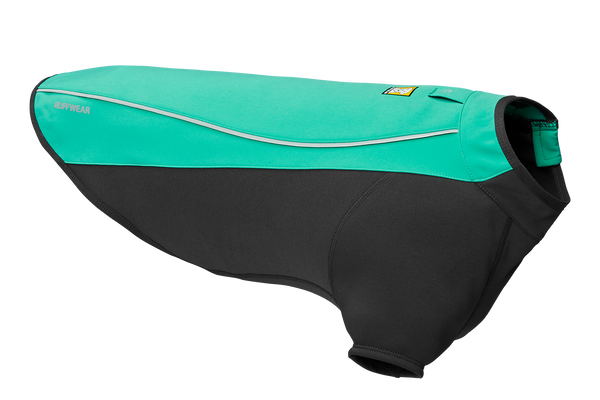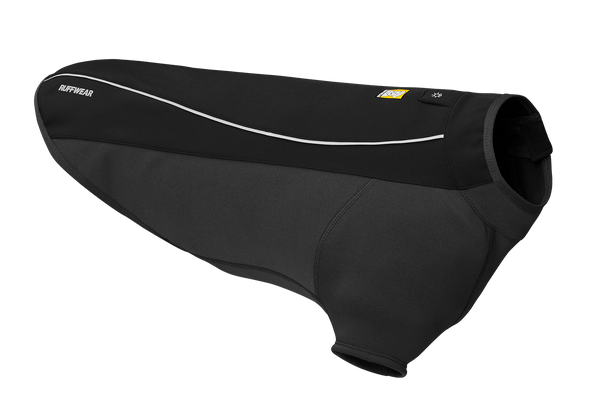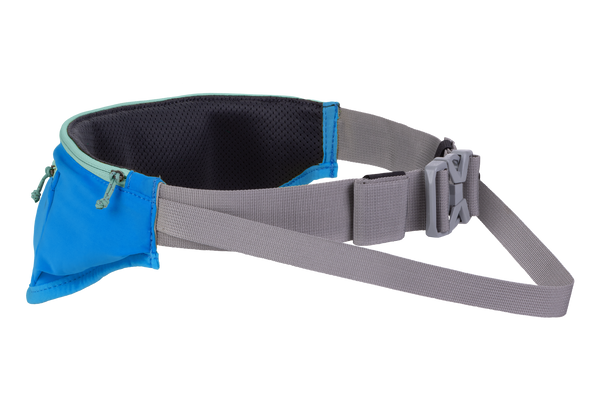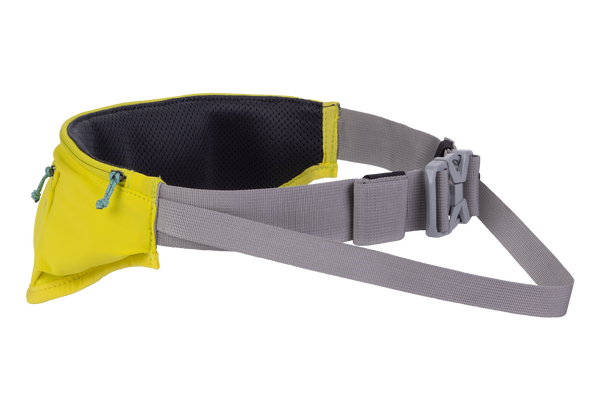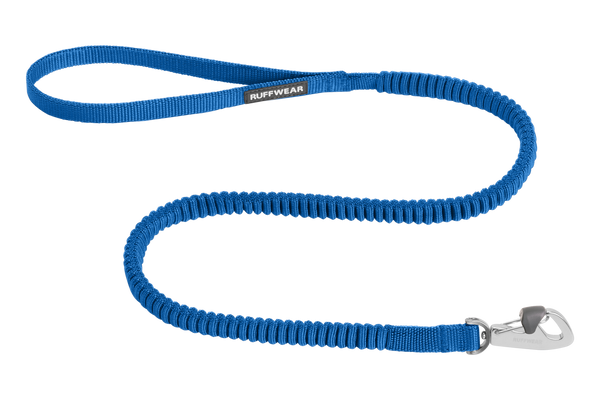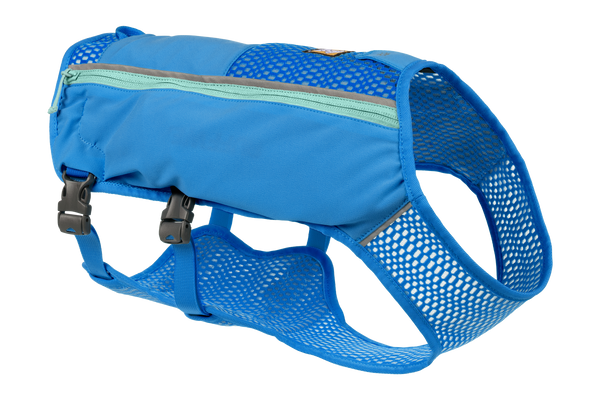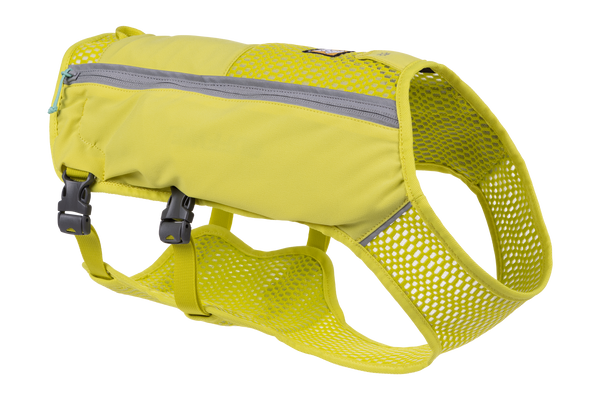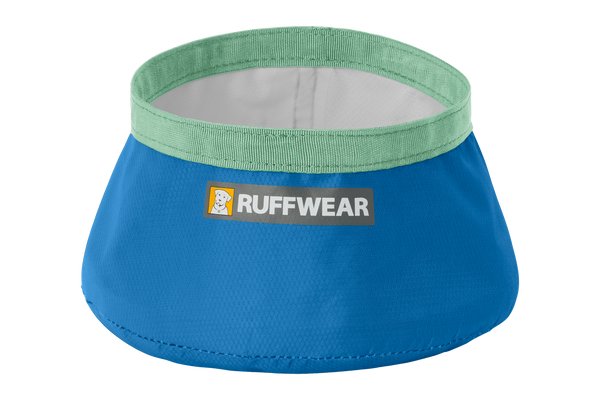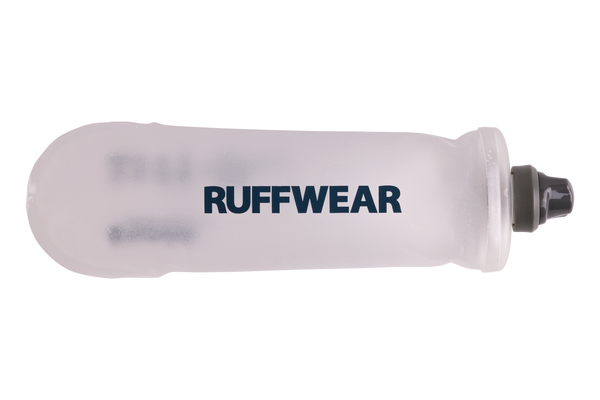Ode to a Trail Dog: Running with Riggins
“Good boy, WIGGIES!”
Without breaking stride, I throw my arms into the air and offer my most enthusiastic encouragement to my dog Riggins (aka The Wiggliest, aka Wiggies). He responds with his usual exuberance, picking up his speed and running ahead with a full-body wiggle.
This interaction is a regular one for us on the trail, initiated when he runs right alongside me, looking up and slightly back, holding eye contact until I can’t help but burst with praise (and laughter).
After his own burst of energy, he finds a pine cone and drops it on the trail ahead of me, perfectly positioned for a mid-stride kick. I do my best to oblige.
 Riggins and I have been running together for seven and a half years, which is how long he’s been part of my family. We’ve trained together on the trails—me, for ultramarathons, and him, for recall, trail etiquette, and a happy dog life.
Riggins and I have been running together for seven and a half years, which is how long he’s been part of my family. We’ve trained together on the trails—me, for ultramarathons, and him, for recall, trail etiquette, and a happy dog life.
Over thousands of miles and up and down mountains, we’ve shared countless adventures and misadventures. Since he joins me for almost every run and we spend most workdays together, I’ve shared more time with Riggins than any other animal—dog or human—in the last seven-plus years. And our bond shows it.

Riggins and I got started together on short, early morning runs that were mostly about spending time with each other and practicing basic training. Sunrise was optimal timing because we’d almost always have the trail to ourselves. I’d carry a baggie of sliced hot dogs or other high-value reward so we could practice recall, sitting/waiting, and other important trail dog skills.

We also practiced leaving wildlife alone. Chasing wildlife can present a safety risk for dogs, and it’s stressful for both me and the forest critters.
Fortunately, Riggins is primarily interested in pine cones and sticks, but when he was younger, he was occasionally tempted by chipmunks, squirrels, and deer. We worked hard on recall and “with me” (heel).
Now, he rarely spares attention for anything besides his pine cone of choice and whatever nearby human is most likely to throw it (mountain bikers at the trailhead parking lot are his go-to, and they always seem happy to take him up on a game of fetch).

Becoming a trail running dog has come naturally for Riggins. He seems to intuitively understand pacing and rarely expends energy zooming around the forest (unless he’s chasing a pine cone).
He even notices when I’m doing a workout, such as hill repeats or strides, and refuses to participate. To my endless amusement, he sits next to the trail with a patient-yet-bored expression and waits for me to finish running back and forth. He also refuses to join me for parking lot circles when I need to round up my mileage by another .01. I am certain on those occasions that if he could roll his eyes at me, he would. But, let’s be honest: we all know he’s smarter than me.

As Riggins learned to be a great trail dog, we began venturing into longer and longer runs. We built up his mileage to the teens, then twenties, and then thirty-plus.
One of my all-time favorite running adventures with Riggins was when we ran from my house, departing just before first light (a little after 4 AM in July), and took the trail system from the west side of town all the way up into the Three Sisters Wilderness and to the summit of South Sister. Our total mileage that day was just over 40, which has been our longest run together, and it was an amazing journey to share together. I’ll never forget the joy I felt to see him roll in the snow when we reached the alpine or the snacks we shared on the mountain summit.

I’m often asked how I’ve trained Riggins for long distance running and how I gauge the volume he can handle. My best answer is that I’ve closely monitored him throughout our running adventures over the years and paid close attention to his post-run recovery and energy levels.
Of course, on ultra-distance runs, it’s mostly trotting for him since I’m averaging 12-15 minute mile pace (or even slower, depending on the terrain). I also give him a choice—although I realize this tactic won’t work for most dogs, who will choose to join their humans at any cost.

Riggins is an expressive dog and I believe that I can read him pretty well. There have been times when I lace up my running shoes, open the door and call out an invitation to him—and he remains on his bed or the couch. On those rare days, I let him skip the run and get some extra rest.
For multi-hour runs, especially during summer, I plan a route that includes as much water as possible. Riggins has a hydration vest that he frequently wears on very long runs. He carries pickup bags, a full water bottle, a small collapsible bowl, and a bag of treats. However, by running near water, he can drink and swim as needed rather than waiting for me to give him a water break.

We’ve had our share of misadventures, too. One time, during an early May long run with two friends and two dogs in the high desert (which has no water sources and little shade), the dogs ran out of water and were panting hard. Miles from the car and worried about them overheating, we opted to give them almost all of our water and take the most direct route back to the car.
Everyone was fine in the end, but it was a good reminder to be more on top of our hydration game.
Another time, on a run across the Trinity Alps in California, our route took us over many miles of granite rock. We had three dogs and four humans, and we realized the next day that the dogs’ paws were tender and sore from running on rocky trails. Fortunately, all three dogs quickly recovered, but it was another reminder for me that dogs have different limitations than we do as humans.

In the last couple years, Riggins has almost imperceptibly started to slow down. Yes, he’s getting older and his eyebrows have turned white, yet I’ve also noticed that he opts to hop in the car after a long run instead of collecting pine cones for us humans to throw.
Sometimes, I wonder how many more big days we’ll have together on the trail. Then I reflect on the miles we’ve shared, the alpine streams we’ve dunked in, the post-run naps we’ve shared on the couch, the amusement I feel when I see him cut switchbacks or skip hill repeats … and my feelings of gratitude overwhelm any worries about the future.
And I figure, as long as he keeps wiggling down that trail, we’ve still got many more miles to share together.



